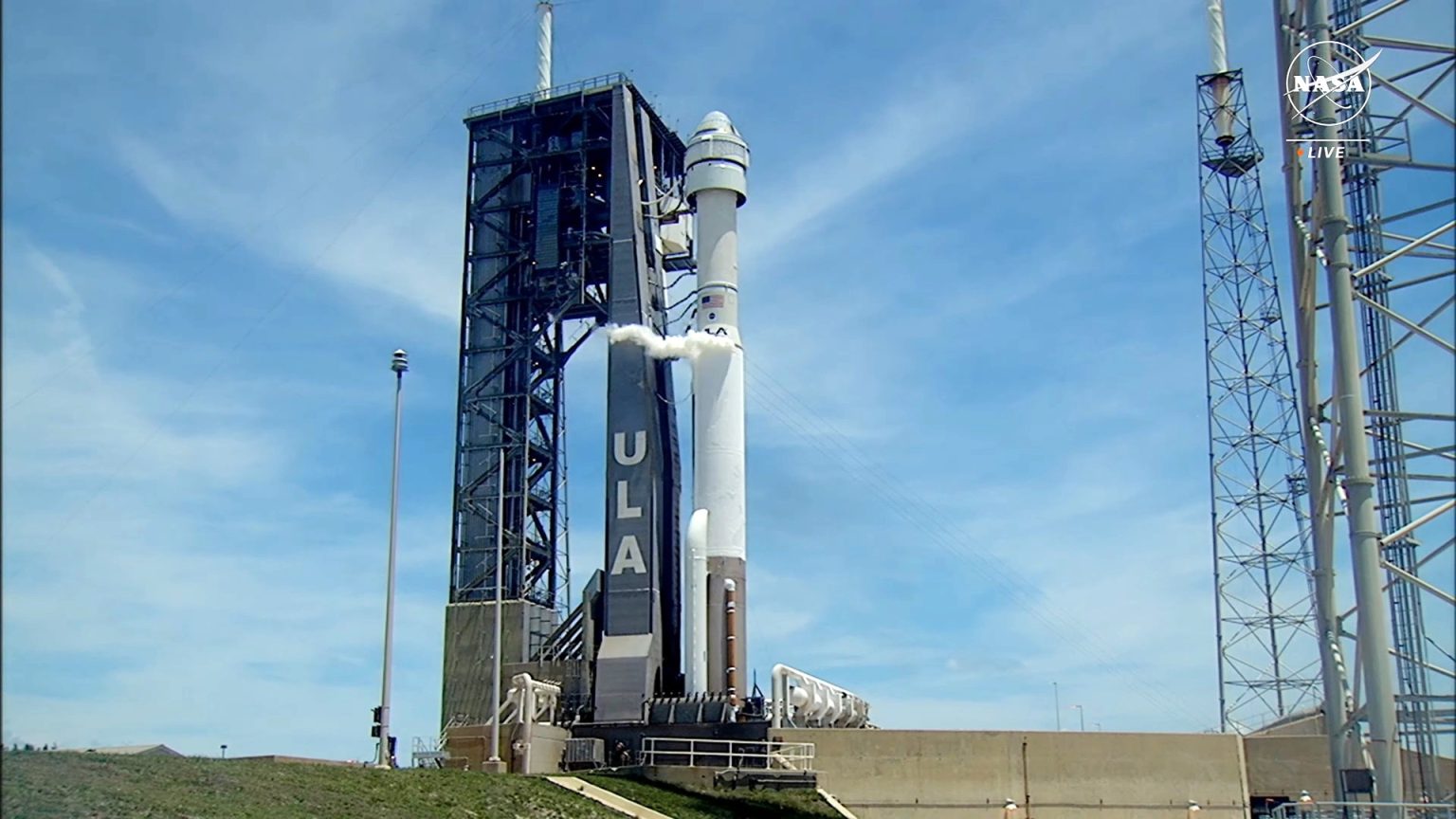The first crewed launch of Boeing’s Starliner space capsule was called off for the second time in a month during the final minutes of the countdown at Cape Canaveral Space Force Station in Florida. The hold was triggered by the computer that monitors systems on Starliner’s launch vehicle, United Launch Alliance’s Atlas V rocket, leaving NASA astronauts Butch Wilmore and Sunita Williams waiting in their seats. The ground launch sequencer ended the countdown with just under four minutes remaining, prompting mission managers to investigate the issue that caused the alarm. The next opportunities for launch are scheduled for Sunday, Wednesday, and Thursday, pending resolution of the problem.
Starliner is set to transport Wilmore and Williams on a shakedown cruise to the International Space Station, delivering supplies and a replacement pump for the station’s urine-recycling system. Despite undergoing two uncrewed test flights, this mission will be the first time Starliner carries astronauts to orbit. The latest scrub marks another setback for a development process that suffered years of delays and more than $1 billion in cost overruns. Boeing has had to cover the costs of the setbacks, including an uncrewed test flight in 2019, which led to a successful second test in 2022.
During the first crewed flight test attempt on May 6, the countdown was called off two hours before launch due to a technical issue on the rocket’s upper stage. Engineers discovered a small helium leak in the Starliner service module’s thruster, which was deemed safe to proceed with the launch. Additional concerns arose about a potential design vulnerability in the propulsion system, which could impact the capsule’s ability to execute a deorbit burn under certain circumstances. After completing the crewed flight test, NASA and Boeing plan to address these design issues.
Following a parachute malfunction during a Blue Origin suborbital mission on May 19, NASA and Boeing worked to prevent a similar issue with Starliner’s parachute system. Strategies were implemented to ensure the safety and reliability of the parachutes during the orbital test mission. A last-minute switch in payloads was made to include a replacement pump for the space station’s urine-recycling system, allowing the crew to store their urine in bags and tanks during the mission. The crew will spend approximately eight days on the space station before returning to Earth in Starliner for a parachute-aided landing in the western U.S.
Boeing is expected to use data collected during the test flight to improve its spacecraft design, positioning Starliner as a commercial “space taxi” alongside SpaceX’s Crew Dragon. The goal is to enable Starliner to ferry astronauts to and from orbit, contingent on the success of the test flight. The crew will rely on generic supplies onboard the capsule for the duration of their stay at the space station. Once the mission is completed, Starliner’s development will continue based on the feedback and performance data gathered during the test flight. This will involve refining the systems and processes to ensure the safety and efficiency of future crewed missions.


